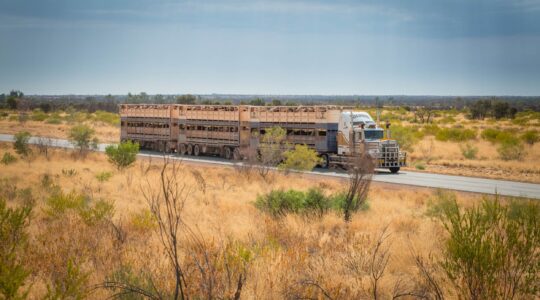Improved land management has helped Australia’s red meat industry reduce its greenhouse gas emissions by almost 80 percent.
A CSIRO report found that in 2021 net greenhouse gas emissions from the red meat industry were 31 Mt CO2-equivalent, representing a 78 percent decrease, compared to 2005.
The report released today by the Meat & Livestock Australia (MLA) provided an updated estimate of emissions attributable to the production and processing of beef, sheep and goats based on the 2021 Australian National Greenhouse Gas Inventory.
MLA’s Carbon Neutral 2030 Project Manager Julia Waite said the reduction in net emissions was driven by impacts in the land use sector.
“Low rates of clearing and greater volumes of regrowth have contributed to a larger pool of carbon on land associated with livestock management, bringing down the collective position of the sector,” Ms Waite said.
“The contribution from land use change was particularly significant between 2020 and 2021 due to high rainfall, which was 9 percent above the historical average, and conditions favourable for vegetation growth during La-Niña.
“The contrast is especially stark given the previous two reporting years were marred by drought and bushfires.”
Ms Waite said the annual emissions reports by MLA were informed by the best available science and nationally maintained data.
Emissions are attributed to the red meat industry based on animal numbers, feed intake, livestock processed, and resource use.
Ms Waite said the largest proportion of direct emissions from red meat is enteric methane produced by grazing beef cattle and these have remained stable in recent years.
She said that while the trajectory was positive since 2005, MLA recognised the broader expectation for direct emissions reduction while maintaining production of high-quality protein.
“This is supported by investment in research and development, and initiatives to support Australian red meat producers to adopt practices that provide a win-win for business and the environment.”








